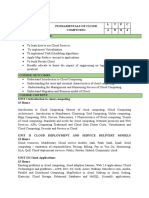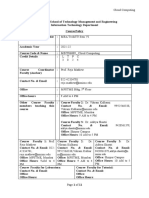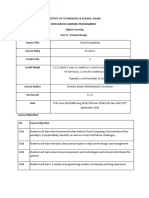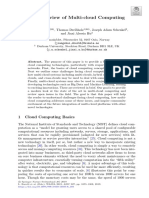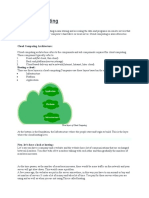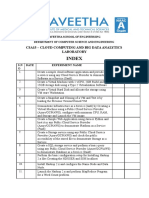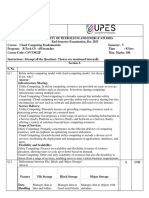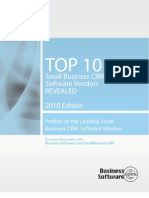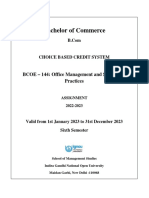0% found this document useful (0 votes)
144 views3 pagesBE Elective Enterprise Computing V4.0
This document outlines an elective course on enterprise computing that covers cloud computing concepts, services, security, and architecture. The course aims to provide an in-depth overview of outsourcing computing to the cloud. It includes 10 topics that range from the history of enterprise computing to cloud infrastructure, services, economics, and the cloud ecosystem. Students will complete hands-on labs and a final project to develop a prototype using a cloud computing platform.
Uploaded by
KIRAN BHATTARAICopyright
© © All Rights Reserved
We take content rights seriously. If you suspect this is your content, claim it here.
Available Formats
Download as PDF, TXT or read online on Scribd
0% found this document useful (0 votes)
144 views3 pagesBE Elective Enterprise Computing V4.0
This document outlines an elective course on enterprise computing that covers cloud computing concepts, services, security, and architecture. The course aims to provide an in-depth overview of outsourcing computing to the cloud. It includes 10 topics that range from the history of enterprise computing to cloud infrastructure, services, economics, and the cloud ecosystem. Students will complete hands-on labs and a final project to develop a prototype using a cloud computing platform.
Uploaded by
KIRAN BHATTARAICopyright
© © All Rights Reserved
We take content rights seriously. If you suspect this is your content, claim it here.
Available Formats
Download as PDF, TXT or read online on Scribd
/ 3











